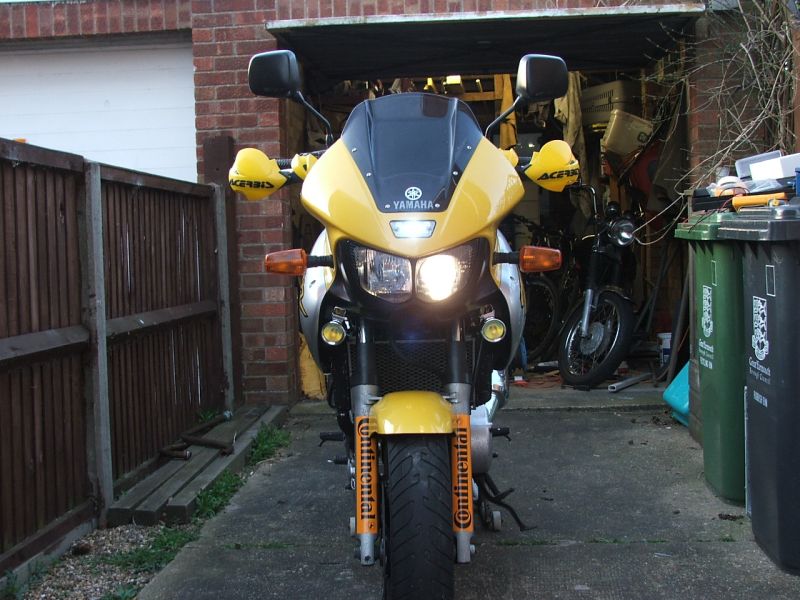Home-made stylus for capacitive screens
Thursday 08 December 2011 at 2:23 pmA colleague has bought their partner an iPad for xmas, along with a Wacom Bamboo stylus. I loved the stylus, and wanted one for my smartphone, but didn’t want to pay for it. A bit of Googling revealed some home-made versions, with an old pen and some damp sponge, but they felt a bit ‘bodgy’. So I thought I’d have a go.
The base for my device is an old tyre pressure gauge I got free with a bike magazine years ago. It has to be a metal case as the capacitive screen responds to tiny electrical charges from your sweaty fingers. The nib also needs to be conductive. I found a bit of conductive foam in the memory-slot hatch of a broken laptop, but you see these little pads everywhere (well, if you dismantle electronic things often enough you do).
 The foam pad from an old laptop. It sat between the chassis and the inside of the memory access flap. I think it earths the door. Well, it did until I ripped it out.
The foam pad from an old laptop. It sat between the chassis and the inside of the memory access flap. I think it earths the door. Well, it did until I ripped it out. Tuck the foam pad into the bottom of the spring and shove it back in. The sticky-out bits make a nice interference fit, plus the remains of the pressure-gauge end make a plug that holds it all together.
Tuck the foam pad into the bottom of the spring and shove it back in. The sticky-out bits make a nice interference fit, plus the remains of the pressure-gauge end make a plug that holds it all together. This is now the business end. It needs to be about ½cm square to mimic the tip of your finger, but it works surprisingly well! I might add a old bolt or similar bit of metal into the tube for a bit of extra weight and the ‘real pen’ feel.
This is now the business end. It needs to be about ½cm square to mimic the tip of your finger, but it works surprisingly well! I might add a old bolt or similar bit of metal into the tube for a bit of extra weight and the ‘real pen’ feel. Nice end plug and protective lid from an old felt-tip pen. I’ve also glued in a cut-up allen key for extra weight. It also now has a pocket clip (not pictured!)
Nice end plug and protective lid from an old felt-tip pen. I’ve also glued in a cut-up allen key for extra weight. It also now has a pocket clip (not pictured!)
















